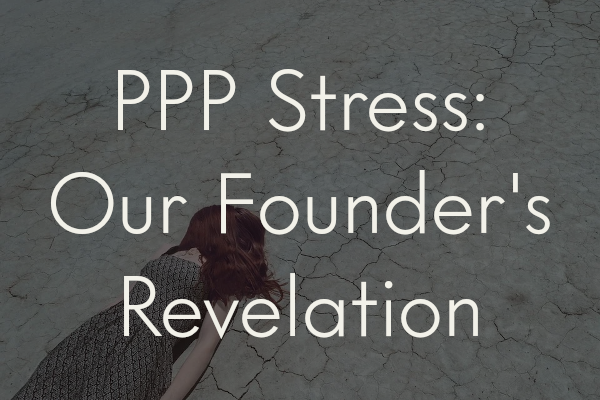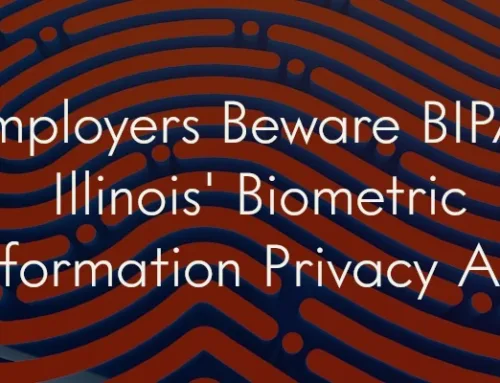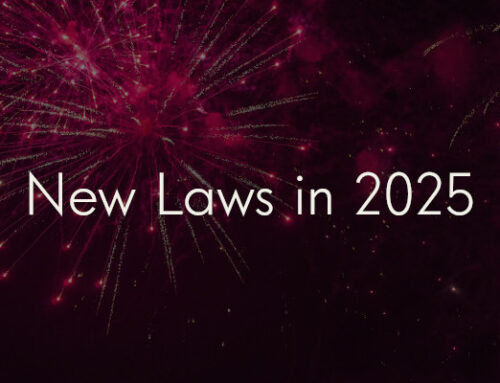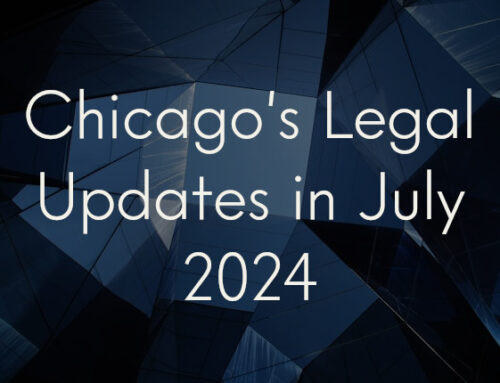I recently had an epiphany about PPP loan forgiveness, thanks to a wise G & G Law attorney, Rebecca Lyon. For weeks, she was gently explaining to me that I didn’t need to stress about loan forgiveness quite so much. Global Pandemic Brain (anyone else experiencing this?) combined with cobbler’s children syndrome prevented me from understanding how the PPP terms applied to my own business’s loan.
Here’s my revelation: Forgiveness is not all-or-nothing. Partial forgiveness is likely available for PPP loans. I was stuck on all or nothing thinking. I thought that if I couldn’t figure out how to get the whole darn thing forgiven, I would be SOL and have to pay it ALL back eventually. Good news! I was (probably) wrong.
Here’s where I went wrong. The CARES Act and SBA rules state that 75% of loan proceeds must be spent on payroll costs and define a forgivable period of 8 weeks, starting from the date the business receives the loan funds. I assumed this to mean that 75% of the loan must be spent on payroll within that timeframe for the loan to be forgiven.
This interpretation puts just about everyone in an impossible situation, including me and my business. The loan amount is based on 2.5 times monthly payroll costs. The forgivable period is only 8 weeks. Since 8 weeks is definitely less than 2.5 months (Global Pandemic Brain can’t stop my math skillz), it would be nearly mathematically impossible to incur enough payroll costs to account for 75% of the loan proceeds.
Fortunately, I have Rebecca in my corner. She explained to me that, yes, 75% of the loan must eventually be spent on payroll costs. However, not all of that money needs to be spent during the first 8 weeks. You have two years to spend the loan proceeds and pay the loan back. Whatever amount of payroll costs is paid during the 8-week period is forgivable (plus math math 25% of other eligible costs probably).
If during the 8-week forgiveness period your payroll costs end up being less than 75% of the loan proceeds, not all is lost! Your forgivable amount would be less than the total of the loan proceeds. The loan would be partially forgiven. The remaining funds would need to be paid back over the two-year payback period with 1% interest. During this period, your business would likely need to show that it spent at least 75% of the remaining loan amount on payroll costs and the rest on eligible expenses.
Now for a typical lawyer caveat: The PPP rules are a shit show. Is this interpretation absolutely what will happen? No. It’s based on the most reasonable reading of the CARES Act and the SBA Rules from the wisest attorney I know (Rebecca Lyon) AND sand it seems to be the accepted interpretation widely shared by most of the lawyers, accountants, policy makers, etc. in the land. We’ve asked. But these are strange times, and we don’t have a crystal ball to know exactly what will happen in the future.
My Conclusion: I am taking a conservative approach and spending as much of the loan proceeds as possible on payroll costs in the next 8 weeks (now 6 weeks, tick tock), aiming for close to 100%, to maximize my chances of getting full forgiveness. BUT, I’m stressing less about it. I understand that partial forgiveness is likely if I don’t make it or if some technicality prevents some payroll costs from being counted. And that’s a well-needed bit of relief for me.
Now, does anyone have any tips to convince a 5-year-old to participate in preschool Zoom show and tell? Let’s knock off these global pandemic stressors one by one.
~Michelle
Is anyone looking for a more technical explanation of partial PPP forgiveness? Maybe we can convince Rebecca to follow up with the full legal reasoning.





